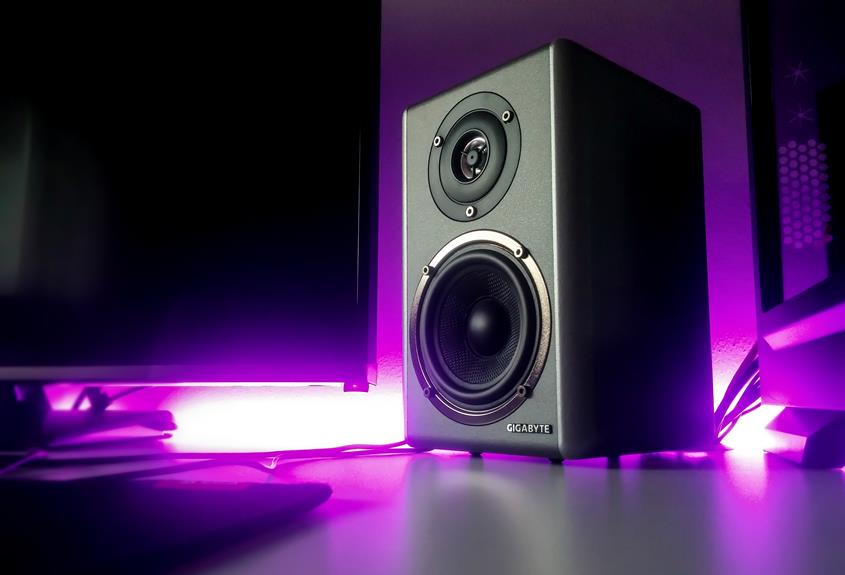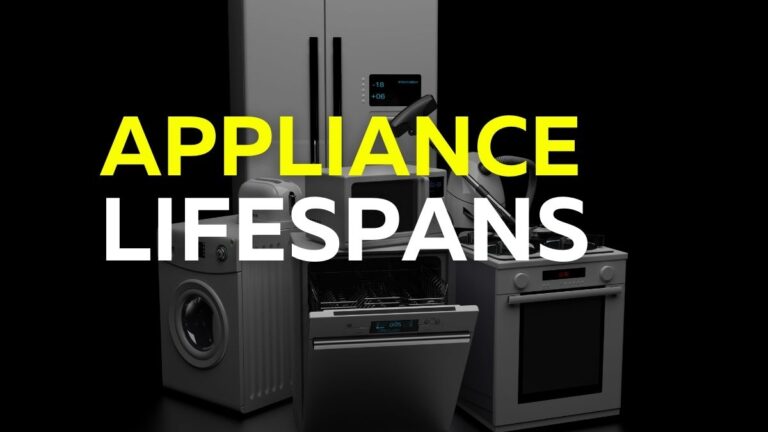Revolutionizing Electronics With Energy-Efficient Power Management
Are you tired of constantly charging your devices or concerned about the environmental impact of energy consumption? Imagine a world where electronics operate efficiently, saving both power and money. With energy-efficient power management, this vision becomes a reality.
By implementing cutting-edge techniques and advancements, you can revolutionize the way your devices consume energy. Discover the benefits and key principles of energy-efficient power management, and join the movement towards a more sustainable future.
Together, we can make a difference.
Benefits of Energy-Efficient Power Management
By implementing energy-efficient power management, you can significantly reduce electricity consumption and save on energy costs. This not only benefits your wallet but also has a positive impact on the environment.
Energy-efficient power management techniques, such as optimizing voltage levels and employing power-saving modes, contribute to reducing the overall environmental footprint of electronic devices. By consuming less electricity, you’re actively participating in the global effort to reduce greenhouse gas emissions and combat climate change.
Moreover, energy-efficient power management also improves battery life, ensuring that your devices last longer before needing to be recharged or replaced. This not only saves you money but also reduces electronic waste, further reducing the environmental impact.
Key Principles of Power Management in Electronics
To effectively implement energy-efficient power management in your electronic devices, it’s crucial to understand the key principles that govern their efficient operation. Power optimization techniques and power management algorithms play a vital role in achieving this goal.
Power optimization techniques involve minimizing power consumption without sacrificing device performance. This can be achieved through various methods such as voltage scaling, clock gating, and dynamic power management. By carefully analyzing and optimizing power usage at different levels of the electronic system, significant energy savings can be achieved.
Power management algorithms are software-based techniques that control and regulate power consumption in electronic devices. These algorithms monitor and analyze the device’s power usage patterns and make intelligent decisions to optimize power consumption. They can dynamically adjust power settings based on the device’s workload, environmental conditions, and user preferences.
Understanding and implementing these key principles of power management can greatly enhance the energy efficiency of your electronic devices, leading to longer battery life, reduced energy consumption, and a more sustainable future.
Energy-Saving Techniques for Power Management
Implementing energy-saving techniques is essential for maximizing efficiency and minimizing energy consumption in electronic devices. By adopting these strategies, you can contribute to a more sustainable and responsible use of energy. Consider the following techniques:
- Power Management Features: Take advantage of power management features available in your devices, such as sleep mode and automatic power-off. These features allow your devices to conserve energy when not in use, reducing their overall power consumption.
- Smart Plugs and Power Strips: Utilize smart plugs and power strips that can automatically turn off power to unused devices. This prevents energy wastage by cutting off power to devices that are not being actively used. By implementing these devices, you can effectively reduce standby power consumption.
These energy-saving techniques play a crucial role in conserving energy and reducing the environmental impact of electronic devices. They also align with the broader goals of smart grid technology and the integration of renewable energy sources. By actively implementing these methods, you can make a positive impact on the environment while enjoying the benefits of efficient power management.
Advancements in Energy-Efficient Power Management
Continue to maximize efficiency and minimize energy consumption in your electronic devices by exploring the latest advancements in energy-efficient power management.
Energy efficient power conversion and renewable energy integration are two key areas where significant progress has been made.
Power conversion refers to the process of converting electrical energy from one form to another, such as from AC to DC or vice versa. Advancements in power conversion technologies have led to higher efficiency and reduced power losses, resulting in longer battery life and lower energy bills.
Furthermore, the integration of renewable energy sources, such as solar and wind, into power management systems has become more efficient and reliable. This allows for the utilization of clean and sustainable energy sources, reducing dependence on fossil fuels and contributing to a greener future.
Implementing Energy-Efficient Power Management Solutions
As you explore the advancements in energy-efficient power management, you can effectively integrate these solutions into your electronic devices. Implementing energy-efficient power management solutions is crucial for power management optimization and reducing power consumption.
Here are two key approaches to consider:
- Power-aware design: Incorporate power management techniques directly into the design of your electronic devices. This includes using low-power components, optimizing power delivery circuits, and implementing power-saving algorithms.
- Dynamic power management: Utilize intelligent power management strategies that dynamically adjust power consumption based on the device’s workload. This can involve techniques such as power gating, adaptive voltage scaling, and dynamic frequency scaling.
Conclusion
You have now witnessed the groundbreaking transformation of electronics through the implementation of energy-efficient power management solutions. These advancements have revolutionized the industry, delivering unparalleled benefits and optimizing power consumption.
By embracing these techniques, we’ve taken a significant leap towards sustainable and environmentally-friendly practices.
The future of electronics is brighter than ever, as we continue to pave the way for energy-saving technologies that will shape the world of tomorrow.





